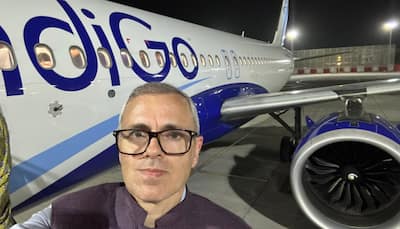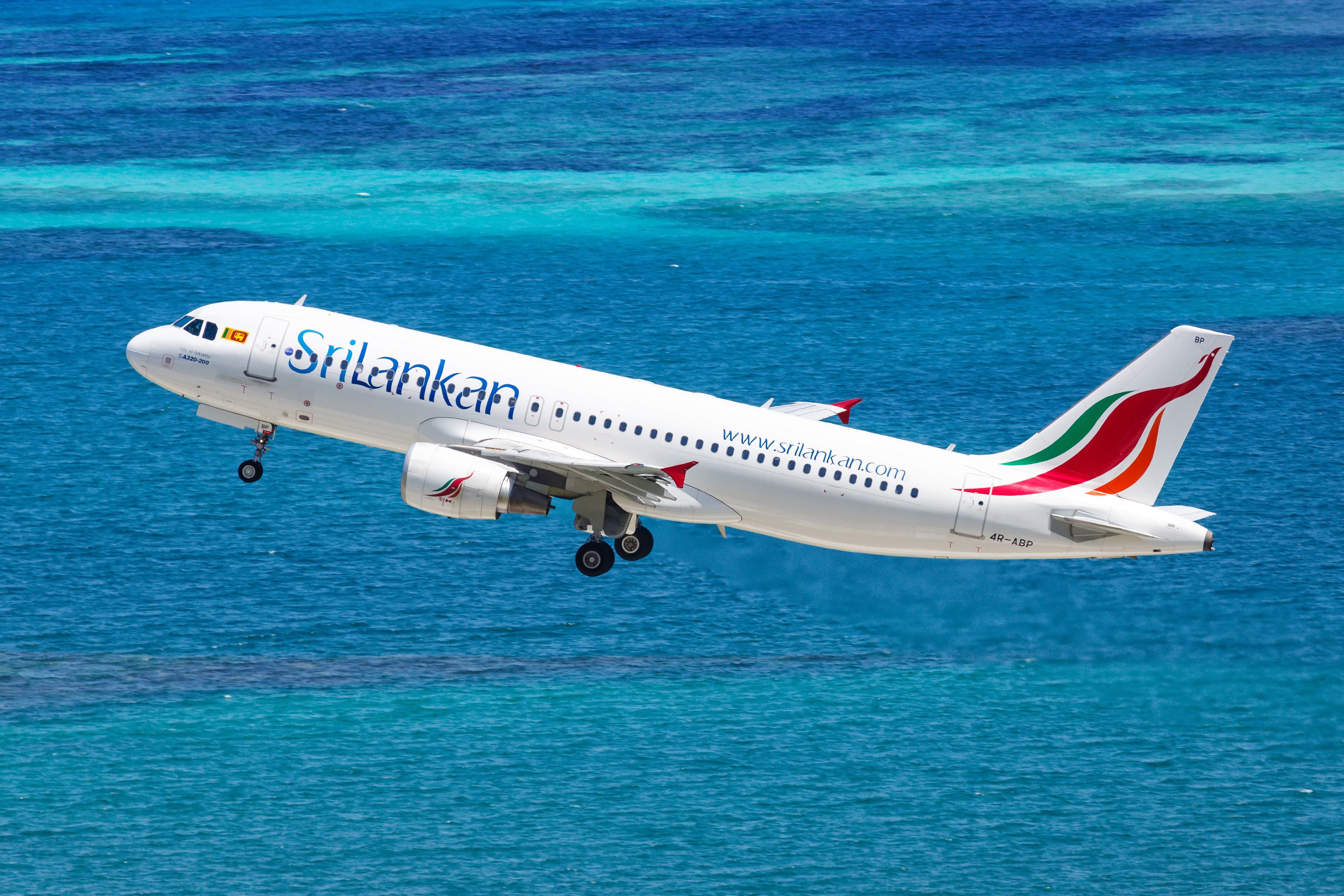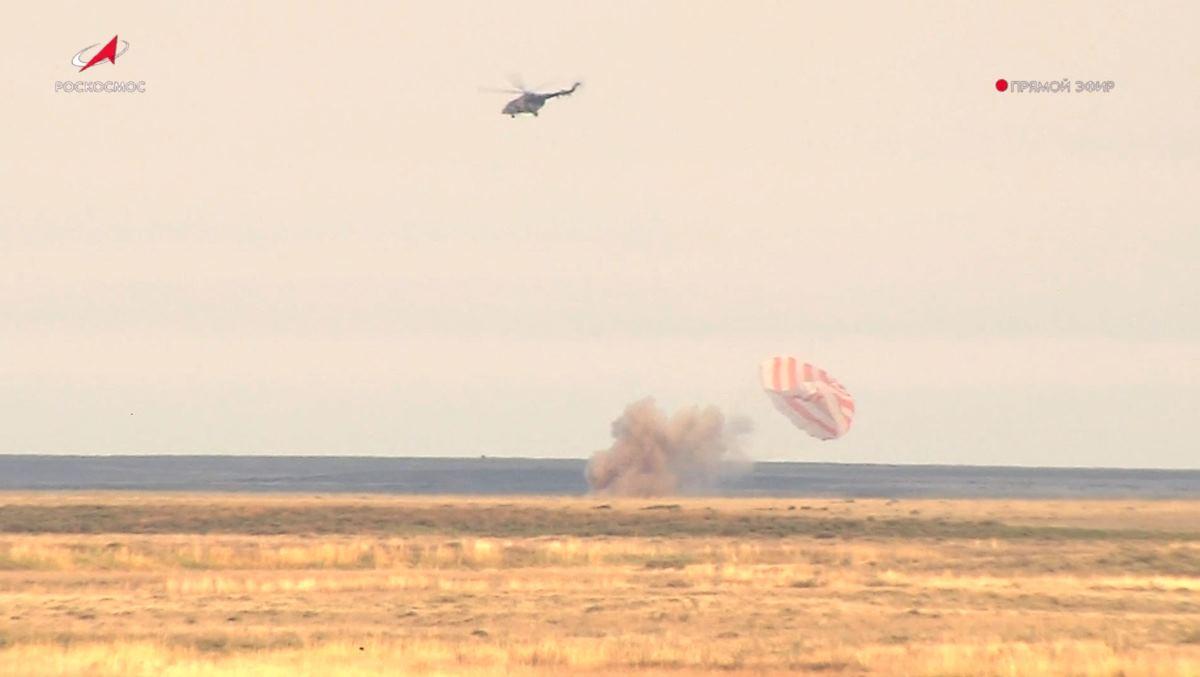An Alaska Airlines Boeing 737-800 was forced to turn back to its departure airport due to a fume event onboard, with the aircraft returning to commercial service shortly after its landing in Portland, Oregon, the United States. Fume event According to Flightradar24 records, the Alaska Airlines 737-800, registered as N535AS, was operating flight AS757 from Portland International Airport (PDX) to Las Vegas Harry Reid International Airport (LAS) on April 2 when it was forced to return to its departure airport. The 737-800, which departed Portland at 09:29 local time (UTC -7), began climbing and turning toward Las Vegas.
However, around 15 minutes into its flight, it reached its maximum altitude of around 13,400 feet (4,084 meters) as it began circling back to the airport. Air traffic control (ATC) records LiveATC.net indicated that around seven minutes into the flight, the pilot of flight AS757 contacted ATC in Portland when the Alaska Airlines aircraft was at its peak altitude, saying that first, the flight crew would have to make some calls and get back to the approach/departure controller.

In a follow-up transmission to ATC, the pilot of the 737-800 detailed that the aircraft had 157 souls onboard and around 3 hours and 10 minutes worth of fuel. “We just have a pretty strong odor in the back, the flight attendants are feeling a little nauseous. [They are] on the verge of vomiting.
” Shortly after, the pilot confirmed that they were ready to land back at Portland as the 737-800 began turning toward the airport and descending to a lower altitude. American Airlines confirmed that the replacement flight from Dallas to Tokyo will depart on April 1. Hospitalized flight attendant Flightradar24 records showed that the 737-800 landed in Portland at 9:49, around 20 minutes after it had departed the airport.
The flight tracking service also indicated that another Alaska Airlines 737-800, registered as N526AS, operated flight AS757 from Portland to Las Vegas. The replacement airframe departed Portland at 13:05 and landed in Las Vegas at 14:50 local time (UTC -7). The original flight’s scheduled arrival time in Sin City was 11:34.
Nevertheless, one passenger shared their experience onboard the flight on social media, namely TikTok, sharing that the 737-800 returned to Portland due to a “concerning smell.” While they were okay, “one flight attendant was taken to the hospital,” while at least two flight attendants needed medical attention. The traveler, who praised Alaska Airlines for handling everything “perfectly,” also shared on-ground footage of emergency services, including medical professionals and firefighters, going onboard the aircraft and moving to the back of the cabin.
A flight attendant instructed passengers to deplane the 737-800. According to Flightradar24, the aircraft involved in an incident departed on a commercial flight from Portland to Santa Ana John Wayne Airport (SNA) at 18:40, returning to Portland from the latter airport at 23:37. On April 3, the Boeing jet is scheduled to operate at least five flights, including a crossing of the Pacific Ocean from Seattle-Tacoma International Airport (SEA) to Lihue Airport (LIH) in Hawaii.
Delta Air Lines moved the affected Boeing 717 to Minneapolis-Saint Paul Airport shortly after the incident. Contaminated air In an informational fact sheet about cabin air quality events (CAQE), commonly known as odor, smoke, or fume events, the International Air Transport Association (IATA) stated that these can happen “when cabin air becomes odorous or (rarely) if it is contaminated e.g.
, by trace amounts of oil or hydraulic fluid or other agents from the engines or APU [auxiliary power unit – ed. note].” “CAQEs can be minor odor events (e.
g., from galleys, lavatories, passengers or extraneous sources), or more serious when the air contamination is persistent, causes symptoms (irritant) or causes illness (noxious).” The association pointed out that during more serious events, the flight crew is trained to be more conservative, and this could result in a turn-back, diversion, or the order for passengers and crew to put on their oxygen masks.
The FAA argued that it was already mandated to study issues related to the quality of air inside aircraft cabins..
Technology

Las Vegas-Bound Alaska Airlines Boeing 737-800 Returns To Portland Due To Cabin Fumes

The same Alaska Airlines Boeing 737-800 departed on a commercial flight several hours later after the event.















